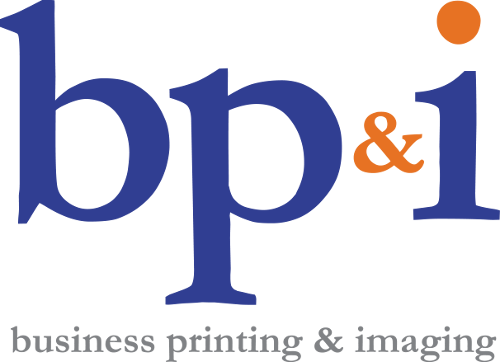Raster Images vs. Vector Graphics – What’s the Difference and Why is it Important?

Do you ever wonder why something you printed turned out pixelated or blurry?
That’s because the image used was raster — meaning that it’s composed of pixels that can only be scaled to a certain degree. Therefore, to achieve a crisp and clean look, a file must be vectorized. Confused? Don’t fret. Continue reading to understand what these terms really mean.
Raster Images
The most common form of raster images are digitized photographs, detailed graphics, or scanned artwork.
Raster images are pixel-based, meaning they’re composed of a grid of individual pixels in which each pixel is coded in a specific hue or shade. Because raster images are pixel-based, they suffer from image degradation (this is not a disease, rather an effect of a cause). The same way a photographic image gets blurry and imprecise when enlarged, a raster image gets rough and jagged.
In order to maximize the quality of a raster image, the resolution must be high. Meaning from the time the image was created, it must be created at a high resolution, as it becomes much more challenging to take a low-resolution image and attempt to enlarge it to a high resolution. This is nearly impossible unless you have the right equipment. The most common raster file formats include JPEG, GIF, TIFF, PCX, and BMP files.
Vector Graphics
When understanding vector graphics, think of geometric shapes such as polygons, lines, curves, circles, and rectangles.
These graphics are mostly images that have been created or designed rather than images that were captured or scanned. Examples would be a business logo, a t-shirt design, or the graphics in a catalog. Vector images are quickly and easily scalable. There is no limit as to how large or how small a vector graphic can be scaled. No matter what size, the graphic will never look pixelated or blurry. Because these graphics aren’t composed of millions of tiny pixels, they’re much more efficient and versatile when developing and printing. File formats most commonly used for vector graphics are AI, EPS, SVG, and sometimes PDF.
Both raster images and vector graphics are used for printing purposes. Neither one is better than the other. Applying the knowledge of why their differences are important will help when deciding how to create an image and the best option for printing.
